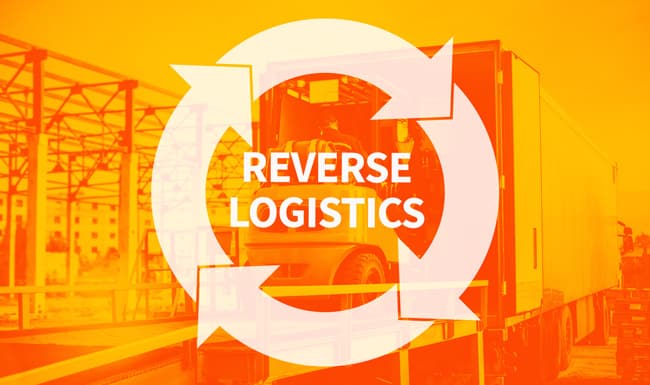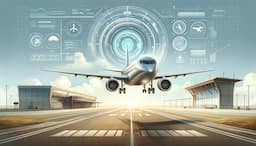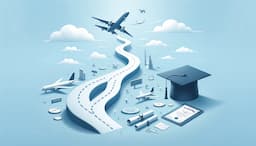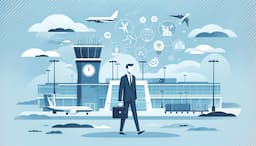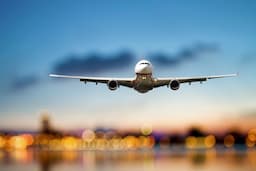Supply chain management that moves goods back from buyers to sellers or manufacturers is known as reverse logistics.
Reverse logistics are needed for procedures like returns or recycling after a customer receives a product.
Reverse logistics begin at the customer and work their way backward through the supply chain to the manufacturer or the distributor.
Reverse logistics can also refer to procedures where the customer is in charge of the product's final disposal, such as recycling, refurbishing, or resale.
Reverse logistics is employed when?
When goods return from their destination back through the supply chain to the seller and possibly back to the suppliers, organisations use reverse logistics.
The objective is to sell the product or recover some value from it.
Returns are worth almost a trillion dollars globally every year and have increased in frequency with the rise of ecommerce.
Recovering value and encouraging customer repurchase are the goals of reverse logistics.
At least 30% of items ordered online are returned, compared to less than 10% of in-store purchases.
Reverse logistics is a clever strategy used by savvy businesses to increase repeat business and customer loyalty while reducing return-related losses.
Traditional versus Reverse Logistics
In a traditional product flow, suppliers come first, then a factory or distributor.
The products then travel to stores and customers from there.
Reverse logistics management begins with the customer and works backwards to return goods to any location along the supply chain.
Wellplanned supply chains can handle some requirements for reverse logistics and are adaptable to changes.
Products can be sent back to the original supplier or one level up the supply chain using this reverse process.
They even have the option of returning goods to regular sales or discount channels (like liquidators).
The Workings of Reverse Logistics
Reverse logistics involves moving goods at least one step backward from the traditional end of the supply chain.
Various plans and controls may be used in this process.
Some businesses favour outsourcing this work.
Logistics Reverse Process
Purchasing surplus goods and materials as well as managing returns are part of the reverse logistics process.
Any leases or renovations must also be handled by the procedure.
The management of reverse logistics varies across industries, and there are various financial incentives for doing so.
For example, in the beverage industry, the reverse logistics process uses empty tap containers. Beverage production companies want to recapture the value of their containers by reusing them. This requires planning transportation, managing shipping loads and cleaning the containers.
In the construction industry, reverse logistics moves and recycles salvaged materials to new sites. As the construction industry adopts more sustainable practices to reduce waste, there is an opportunity for cost savings by using reverse logistics.
In the food industry, reverse logistics is responsible for returning packaging materials and pallets. Companies also must deal with rejected food shipments. Rejections can create logistical challenges due to delays that lead to food spoilage and concerns over tampering. The Reverse Logistics Association is developing secure, quick, reliable, login (SQRL) codes on packaging to provide detailed product information and address these logistical challenges.
Good Reverse Logistics: 5 Steps
1. Complete the Return
When a customer indicates they want to return a product, the return process begins.
This step should specify the product's condition and include a return authorization.
Additionally, this procedure entails planning return shipments, approving refunds, and exchanging defective items.
2. Handle returns
Once a returned item has been delivered to your location or a centralised processing facility, examine it to determine the type of return it falls under.
(Note: If your reverse logistics are optimised, you should be aware of where the product needs to go even before it arrives.)
Products should be sorted according to their intended use: repair, resell as new, resell as a return, recycle, scrap, or refurbish.
3. Move the returns along
By delivering fixable items to the repair department, you can cut down on your daily waste.
4. Repair
Move the returned item/equipment to the repair area after examining it and determining whether it can be fixed.
If possible, sell any parts that can be sold.
5. Recycle
Send any products or parts that you can't repair, repurpose, or sell to the local recycling facility.
Our well planned curriculum helps the Guider’s students to enlighten in this field

